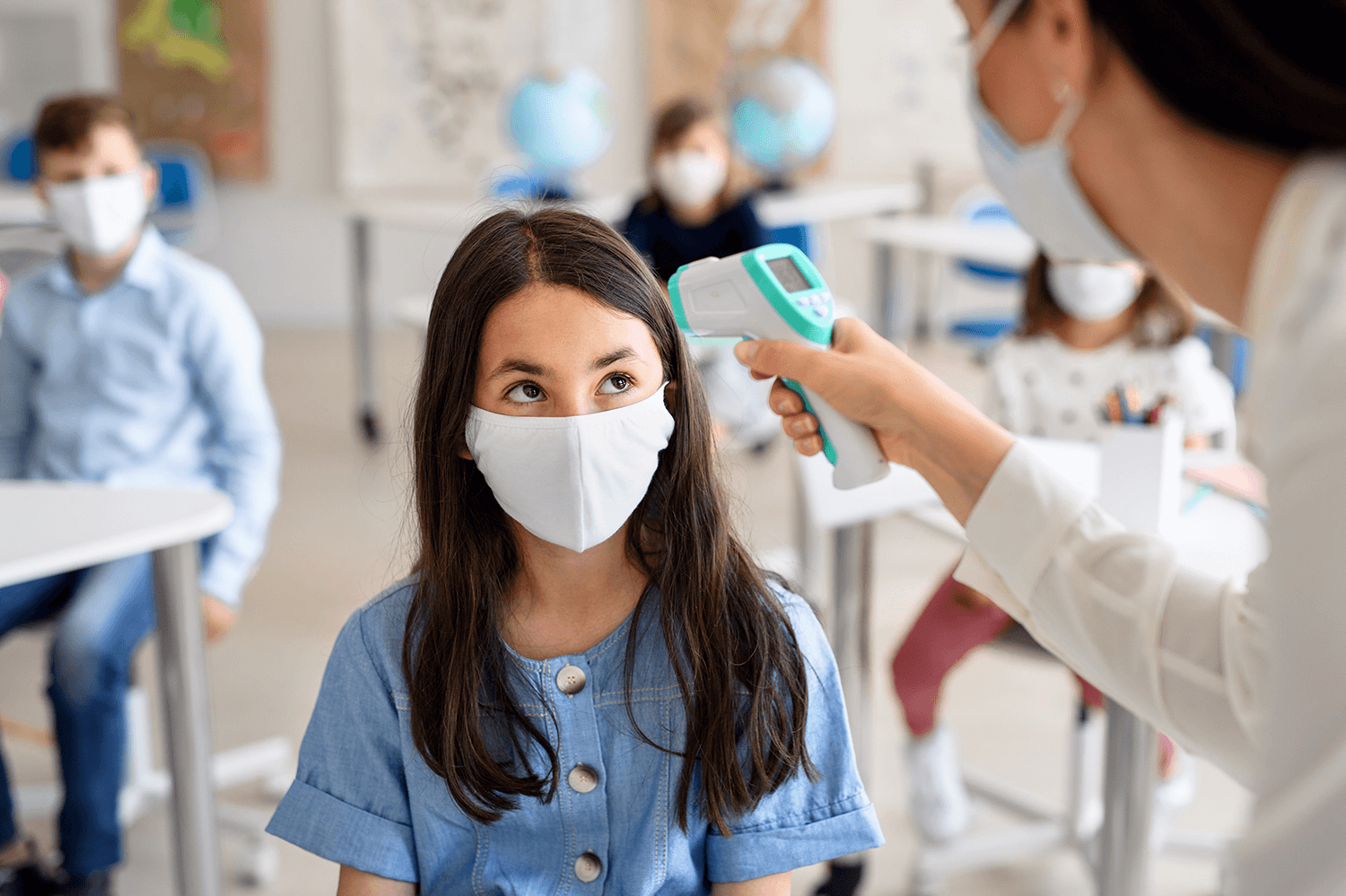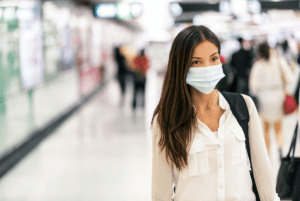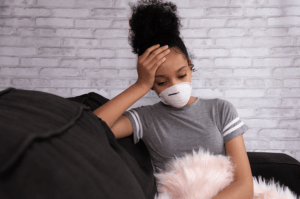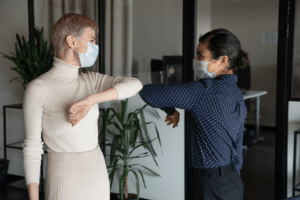8/16/21—As a result of the COVID-19 pandemic, children have had to adjust to many “new norms,” like virtual learning. Though virtual learning has been essential, in-person classes offer numerous benefits, including personalized instruction, as well as socialization and emotional development. There are also beneficial services for children and their families, such as school lunches, counseling and after school care. As schools reopen, protection is essential for a safe environment where children and staff can thrive and stay healthy.
With the growing prevalence of COVID-19 cases, and more specifically the highly contagious Delta variant, the Centers for Disease Control and Prevention (CDC) has made school recommendations to adjust to the current climate. There are many health variables to consider with in-person learning from vaccinations to additional safety measures.
Vaccination and vaccine promotion is the biggest recommendation for aiding the return to in-person learning. Schools can organize presentations for families about the benefits and safety concerns with vaccinations, helping to answer questions and inform their community. While children under 12 cannot be vaccinated, it is recommended that any child 12 and up receive their vaccination. Schools may also provide vaccination centers themselves, allowing their students and community easier access to vaccines.
The CDC currently recommends universal masking for any schools opening to in-person learning. Teachers and staff should mask and monitor masking for students. Any child over the age of 2 is recommended to mask while indoors, and in outdoor situations where many people are present. Masking extends to all vaccinated individuals, as vaccinated individuals can contract and spread COVID-19, and particularly the Delta variant.
Social distancing and contact tracing are other key methods to preventing spread. It is recommended that students and staff maintain 3 feet of distance whenever possible. Contact tracing programs like AlertTrace, done in conjunction with other distancing measures, help to fight spread and ensure that positive cases are handled quickly, efficiently and with privacy.
If a student or staff member cannot mask, for health or disability purposes, additional safety measures should be utilized, including 6-foot distancing, clear shields and virtual learning if needed. For example, students with hearing disabilities who require lip reading benefit from instructors who utilize clear masks and face shields. Children who cannot mask for respiratory reasons may benefit from more open clear face shields, or protective clear shields placed around their desk or learning area. This applies to teachers with disabilities as well.
Teaching children the importance of hygiene practices encourages cleanliness and disinfection in schools. Proper and frequent hand washing helps to mitigate spread, while keeping hand sanitizer in every classroom and throughout school property promotes further disinfection.
Another key hygiene practice is proper coverage for sneezing and coughs, which can spread COVID-19 via droplets in the air. Teaching children to cough into their arms, and follow with hand washing or sanitizer is a simple, but effective step in combatting spread.
Maintaining a clean, well-ventilated learning environment requires more stringent directives to staff, teachers and students. Classrooms should be disinfected in between sessions, disinfecting desks, chairs and tools. Proper room ventilation, using fans, open windows and HVAC systems, promotes cleaner air. Working with cleaning staff, schools should enact more stringent disinfection of open areas. like lunchrooms, libraries and bathrooms, while closing off unnecessary cluster spots, such as water fountains and even playgrounds if needed.
Staying home when any signs of sickness appear, including sore throat, aches, sniffles, cough and fever, cannot be stressed enough. If a child or staff member shows up present with any symptoms of illness, schools should be steadfast in sending them home to recover. While vaccinated individuals can present with milder symptoms, they should stay home at any sign of illness. To further this initiative schools can offer temperature checks upon classroom or school building entry, to ensure attending students and staff are not exhibiting fevers.
With a stringent and steadfast plan in place, schools can do their best to provide the safest learning environment for their pupils, while protecting staff as well. Proactive measures, along with contact tracing and social distancing, are key to a successful school year. Contact AlertTrace today and learn how our innovative contact tracing can benefit your school.
“Guidance for COVID-19 Prevention in K-12 Schools.” Centers for Disease Control and Prevention, Centers for Disease Control and Prevention, www.cdc.gov/coronavirus/2019-ncov/community/schools-childcare/k-12-guidance.html
“Considerations for Planning School-Located Vaccination CLINICS | CDC.” Centers for Disease Control and Prevention, Centers for Disease Control and Prevention, 25 May 2021, www.cdc.gov/vaccines/covid-19/planning/school-located-clinics.html
“COVID-19 Vaccination Toolkit for Health Departments and Other Public Health Partners.” Centers for Disease Control and Prevention, Centers for Disease Control and Prevention, www.cdc.gov/coronavirus/2019-ncov/vaccines/toolkits/health-departments.html




